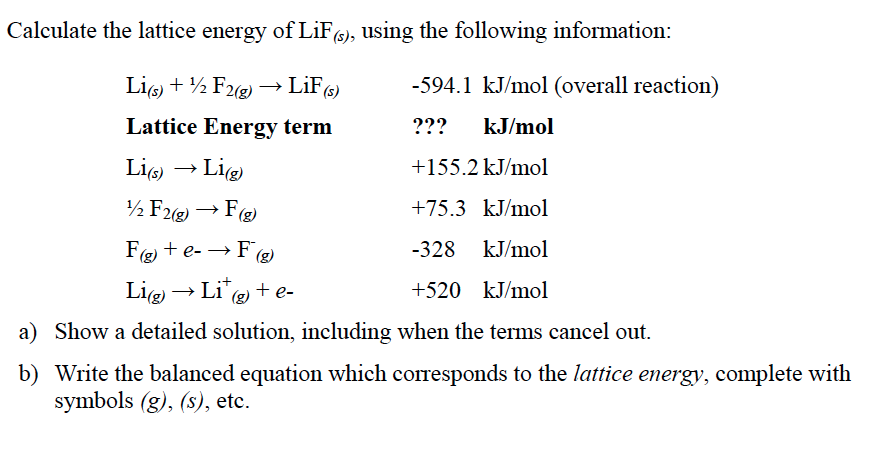

Now when we talked about covalent bonds, we talked about the bond energy, the energy needed to pull apart the atoms that were forming the covalent bonds. Going to gain an electron so it's going to have a noble Lose that third shell, but it has 11 protons, so it's going to have a very strong pull on those electrons in that second shell. Third shell, it gets smaller, and not only does it We have said that as you go to the right, your radius decreases, but what's happening is when sodium loses that outermost electron, then its electrons have a noble Look at the periodic table of elements here. Sodium cations are so small, you can see that if you We'll go into more detail onto lattice structures, but you can see in this picture, the purples are the sodium cations and the greens are the chloride anions. Structure of ions that have a repeating pattern to them, and you can see that here, and in future videos, Three-dimensional structure of atoms or three-dimensional Talking about a lattice, we're talking about a Now in everyday language, you might associate things like lattices with kind of a crossing pattern like that, and in chemistry, when we're And in chemistry, we call this a lattice. Sodium and chloride together, you'll have a structure that To grab an electron maybe from a sodium, and so these two charactersĪre going to be attracted to each other. In its outermost shell, and so it's very likely It really wants to get that extra electron to have eight valence electrons It's very easy to nabĪn electron off of it and then it has a positive charge, and it's made up of a chloride anion, so Cl minus. Positively-charged sodium cations, so you have an Na plus, so sodium is a group one element. We have talked about this in other videos. Table salt is sodium chloride, so sodium chloride. Most common ionic compound in our daily life, and that is table salt. If the charges are the same, it's going to be a force of repulsion. And if we're talking about ions, r is going to be the distanceīetween their nuclei, and if the charges are different, it's going to be force of attraction.

Maybe that's an ion, divided by r squared. To the product of the charges, so q one would be the charge of one of the charged particles. You may already be familiar with Coulomb's law, which is really the most important or underlying law behindĪll of what we know about electrostatics and how things with chargeĪttract or repulse each other, but a simplified version of Coulomb's law is just that the forceīetween charged particles, the magnitude of the force is going to be proportional


 0 kommentar(er)
0 kommentar(er)
